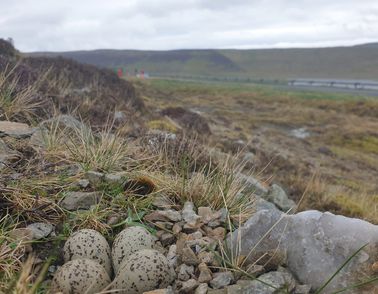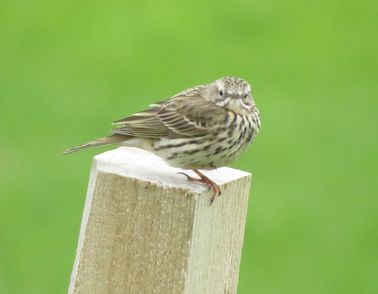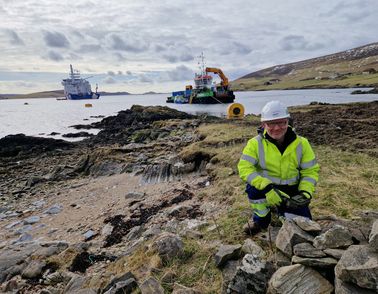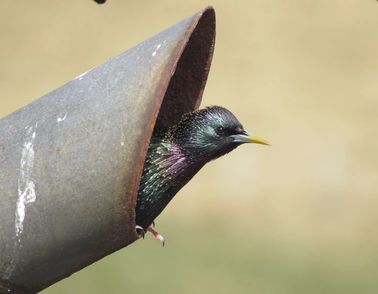Protecting local birdlife during cable installation in Shetland
7. 11. 2023
While laying the onshore section of a high-voltage interconnector cable in Shetland, Scotland, NKT has successfully protected a range of bird species, including seven wader species nested in and around this particular construction site. The project was successfully completed on-time and on-budget, proving that with the right attitude and approach, it is indeed possible to conduct construction works hand-in-hand with local wildlife.
- Novinky a události
- Protecting local birdlife during cable installation in Shetland








